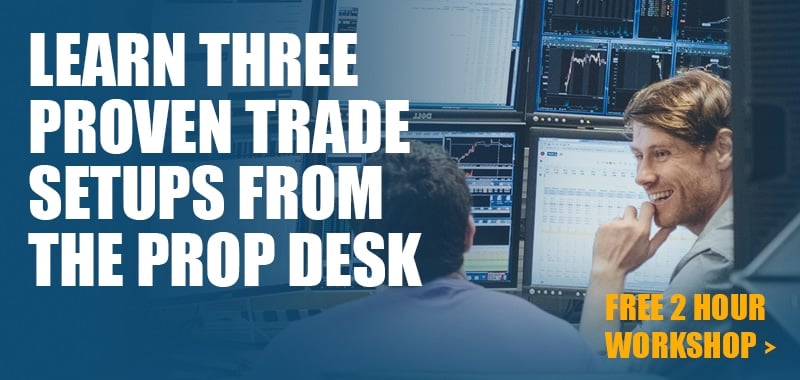It was Spring 1997 and I walked into the lobby at 60 Broad Street to head to my firm’s trading floor. As I entered the elevator the firm’s head trader commented to me “hope you aren’t long Intel”. I responded that in fact I was short Intel and a few other technology stocks that had behaved weakly the prior trading day. At first he was taken aback and seemed not to believe that I was short. To put this conversation in context the time period from 1995-1996 was bullish for technology stocks. The first Internet stocks were becoming public and the PC market was experiencing a period of rapid expansion. So the idea that a trader would be holding major technology stocks short overnight was a bit unusual. Also, there were market rules at the time that made it more difficult to establish short positions at advantageous prices.
So why was Intel “gapping” lower? It turned out that the most influential semiconductor analyst at the time, a guy named Tom Kurlak, had downgraded Intel. It was down around 20% in the pre-market and was dragging down the entire NASDAQ market with it. I also had short positions in ASND and DELL which were set to open significantly lower. My first instinct was to cover all my shorts and get long. But that plan was blocked.The market structure was very different than it is today and if you wanted to make trades outside of regular market hours the only game in town was Instinet, which was the pre-cursor to today’s ECN markets.
Even though I traded my own retail account within the firm I was still subject to an internal management structure. So I actually needed permission to trade with Instinet before the market opened. The view of management at the time was since Instinet was the playground of large Wall Street institutions that we were at a serious disadvantage trading against them. I didn’t agree with this opinion but nevertheless sought “permission” to cover my shorts before they began to bounce. I failed to get permission in time and by the time the market had opened I had given back around 30% of my open PnL.
The traders on the floor who mostly came in flat were aggressively scooping up shares of the top technology stocks such as INTC, DELL, AMAT, ASND, USRX, and KLAC. By the time the market had closed the firm had one of its most profitably days since I had begun trading. Many traders on the floor were up huge even though they didn’t have the large head start I was given with my overnight shorts. I had added the 30% of P&L back that had been lost when I was unable to cover my shorts in the pre-market. But overall it was a very disappointing day as I was not nearly as aggressive getting long as I might have been if I had covered my shorts earlier. It was the last time I asked for permission to get out of a position.
Steven Spencer is the co-founder of SMB Capital and SMB University which provides trading education in stocks, and options. He has traded professionally for 18 years. His email address is: [email protected].
Steven Spencer is currently long ADBE, DDD, LEN, TWTR, GM, PLUG, FB, CROX, CIEN, HLF, NUS and short BBBY


